
As “standard” zooms go, I’ve been giving a lot of thought recently to the ideal range of focal lengths and aperture range for an APS-C camera such as the new Leica CL. Leica’s offering, the 18-56mm f/3.5-5.6 Vario-Elmar-TL is a great lens with superb optical performance. It easily rivals the lens of the Leica X Vario in image quality and everyone agrees that was a stunner. Yet it is stuck with the traditional “kit lens” focal-length range of 28-85mm, standard fare for many years and for many cameras. 28mm is wide, of course, but having 24mm available is so much more convenient and is becoming almost a necessity these days.
Other manufacturers have moved wider and a bit longer, offering typically a 24-90 equivalent (as, indeed, Leica does with the standard zoom for the SL). I’ve come to appreciate that wider opening gambit which is extremely useful in an all-round lens. It reduces the need to keep swapping lenses. I hope that Leica has plans to introduce a wider and, with luck, slightly longer zoom in the future. But other manufacturers haven’t held back.

In the micro four-thirds world things have moved apace, and a 24mm-equivalent (12mm in m4/3 speak) is now commonplace in mid-range zooms. They can also be made faster, as fast as a constant f/2.8 (in the case of the Olympus 12-40 Pro), without being too bulky. However, the larger the sensor, the bulkier the glass as the maximum aperture increases. This can make it too much of a compromise to construct similarly fast APS-C and full-frame zooms. Don’t forget, though, that in terms of depth of field, f/3.5 on APS-C (as on the Leica 18-56) is still capable of better subject separation than f/2.8 on m4/3, so we shouldn’t get too obsessive about aperture.
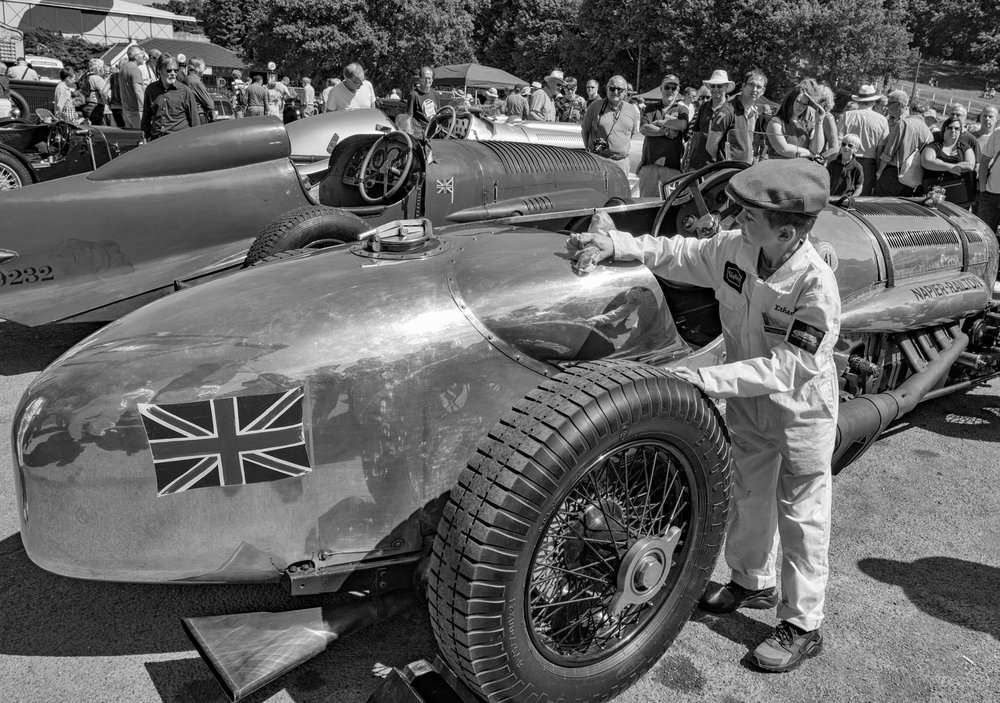
My favourite m4/3 zoom, which ticks all the boxes on my wishlist, is the 12-60mm Leica DG Vario-Elmarit f/2.8-4.0. While it loses out to the Olympus 12-40mm Pro in not having a constant f/2.8, the extra reach (to a full-frame equivalence of 120mm) is more than sufficient compensation. It’s also small and light, no bigger in fact than the Olympus lens which reaches only to 80mm. I’ll trade the slower telephoto aperture for the extra reach any day.
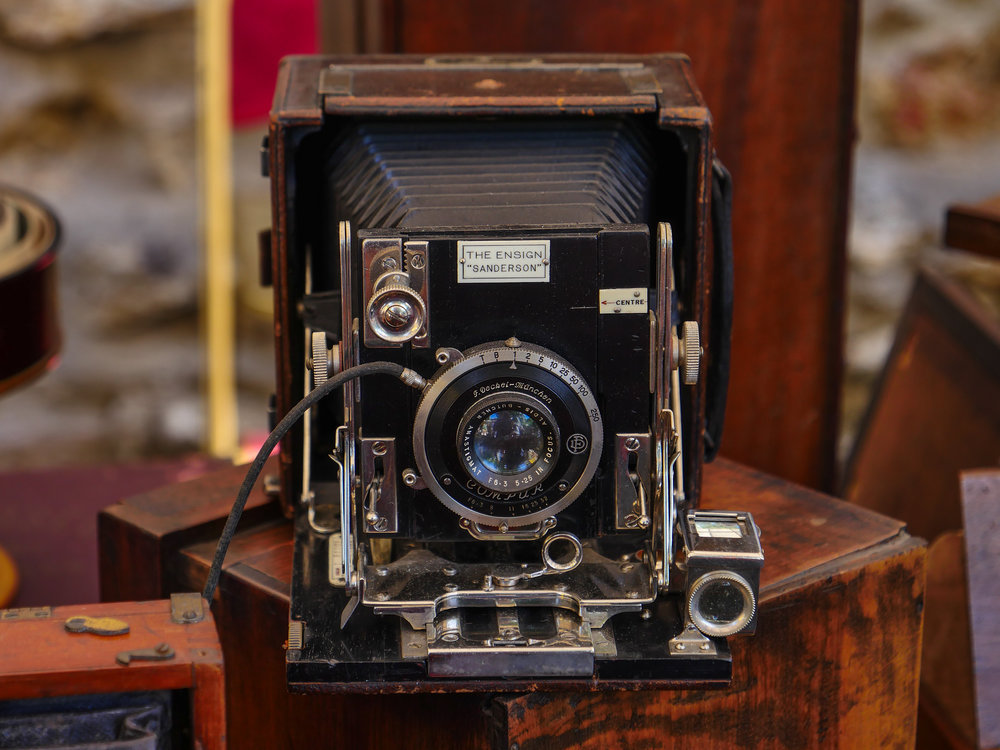
The Twelve Sixty
I’ve owned the Leica DG Twelve Sixty since June and it has become my go-to lens for the system, more or less a permanent fixture on my Panasonic GX8. It is so good, and so versatile, that I have made little use of primes such as the Leica DG 12mm Summilux the the 15mm Summilux, the 25mm Olympus Pro and Leica DG 42.5mm Nocticron. They are all excellent lenses and have their place, but the zoom is just so much convenient. The pleasure of needing to carry just this one jack-of-all-trades lens creates a compelling argument in its favour. I just wish we could have an equivalent 16-80mm f/3.5-5.6 (or faster….) for the Leica TL system.
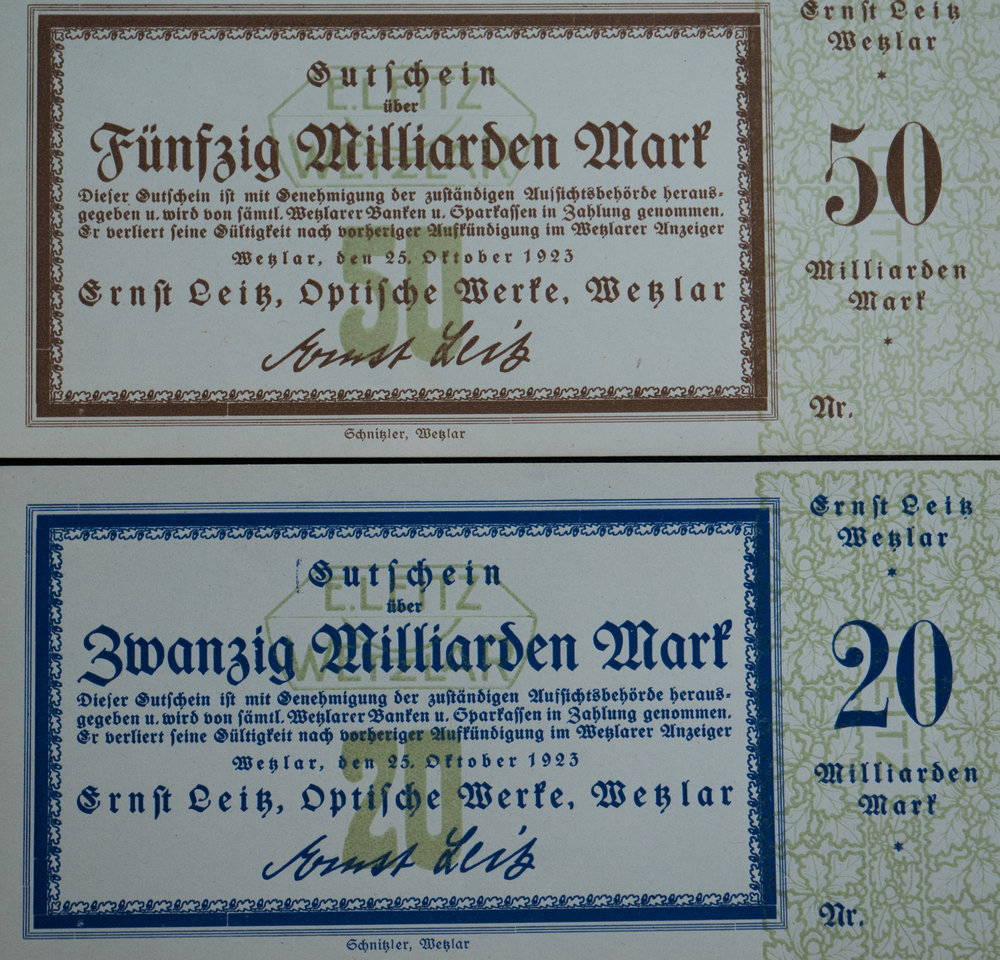
Robin Wong, writing for the Ming Thein blog, has just published a review of the Panasonic Leica 12-60 which confirms all of my impressions gained over using the lens for nearly six months. Robin, having moved from Olympus Malaysia to Ming’s blog, has a natural affinity for Olympus products. Indeed, he tested the 12-60mm on an OM-D E-M1. But I tend to feel that these Panasonic Leica lenses play best with Panasonic cameras — such as the excellent GX8, the GH5 and the forthcoming G9. The 12-60, with in-built stabilisation, can take full advantage of Panasonic’s Dual IS system which combines the in-lens and in-body stabilisation to achieve up to a five-stop advantage.
There’s also the physical aperture ring which is a feature of all the Leica DG primes except for the 25mm and 60mm. These aperture rings work only with Panasonic cameras, not with Olympus, so that’s a good enough reason to keep them strictly for Panasonic. It’s less important in the case of the 12-60 which doesn’t have an aperture ring.
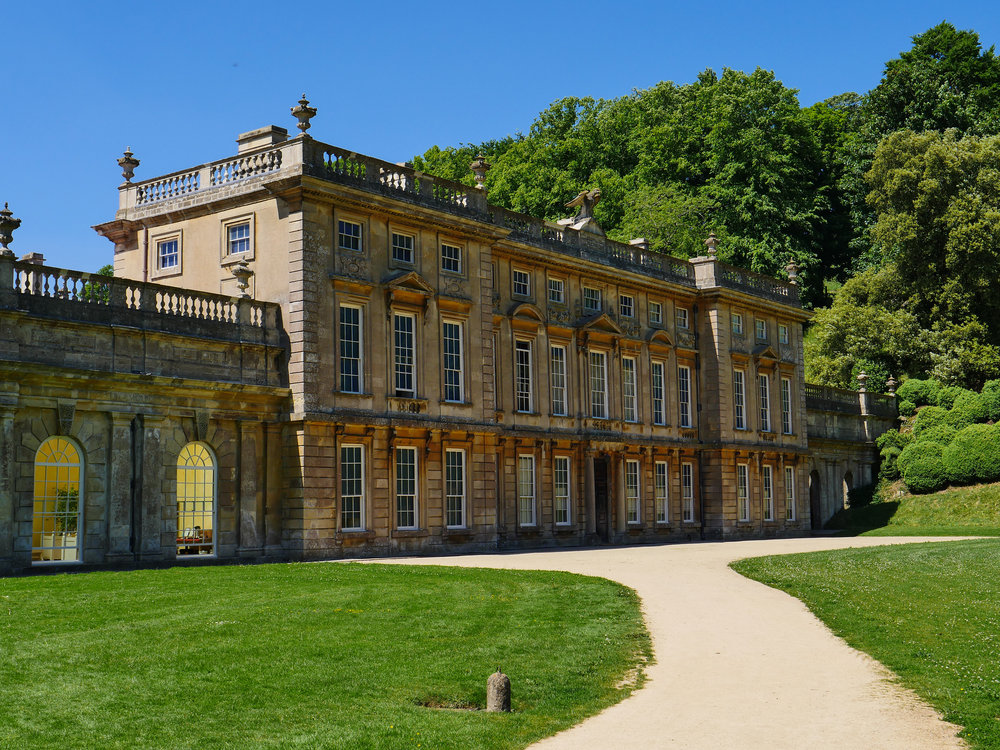
Ideal mid-range zoom
The Leica DG 12-60mm Vario-Elmarit is my ideal mid-range zoom. It is so versatile at either end that it can be left on the camera more or less permanently. And the image quality is so good that you are not left wondering if you should have brought a bagful of primes. Only if you want to work in very low light or want more subject separation is it really worthwhile toting those primes.
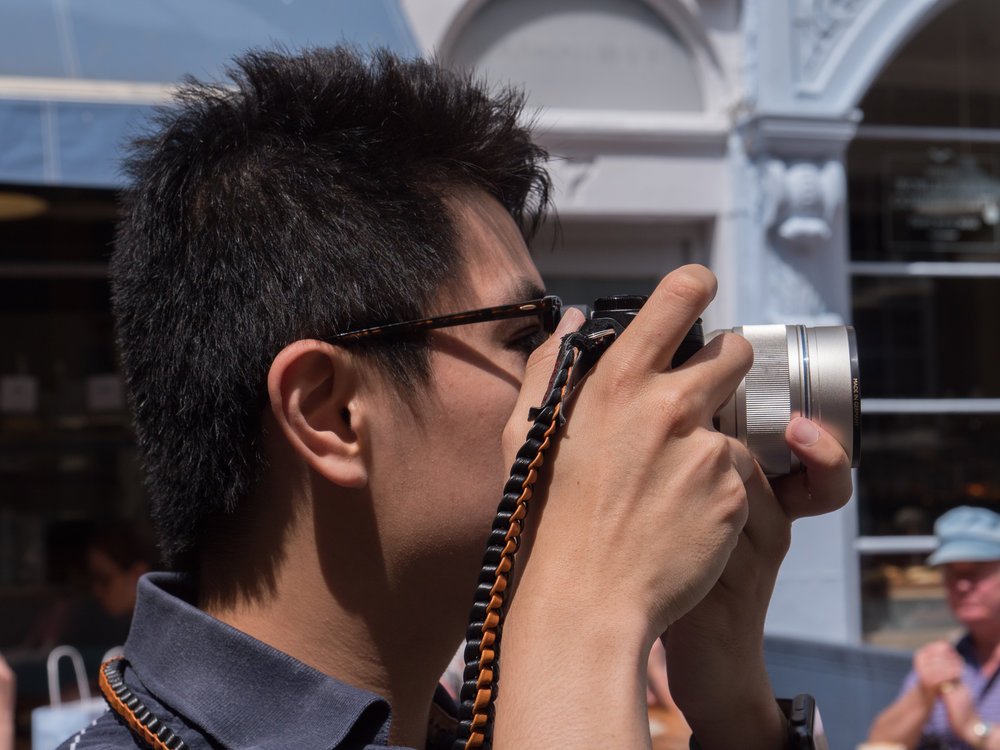
Of course, I’d like a constant f/2.8 aperture, as on the Olympus 12-40 but we have to realise the laws of physics. Proof of that comes with the acclaimed 12-100mm Olympus Pro which offers an even longer reach (equivalent to 200mm at the long end) but has to settle for a constant aperture of f/4.
For now, this Leica DG 24-120mm-equivalent zoom has got to be one of the best all rounders on the market. It ticks all the boxes, light weight, small size, superb optics and the ideal range of focal lengths.
All images by Mike Evans
______________


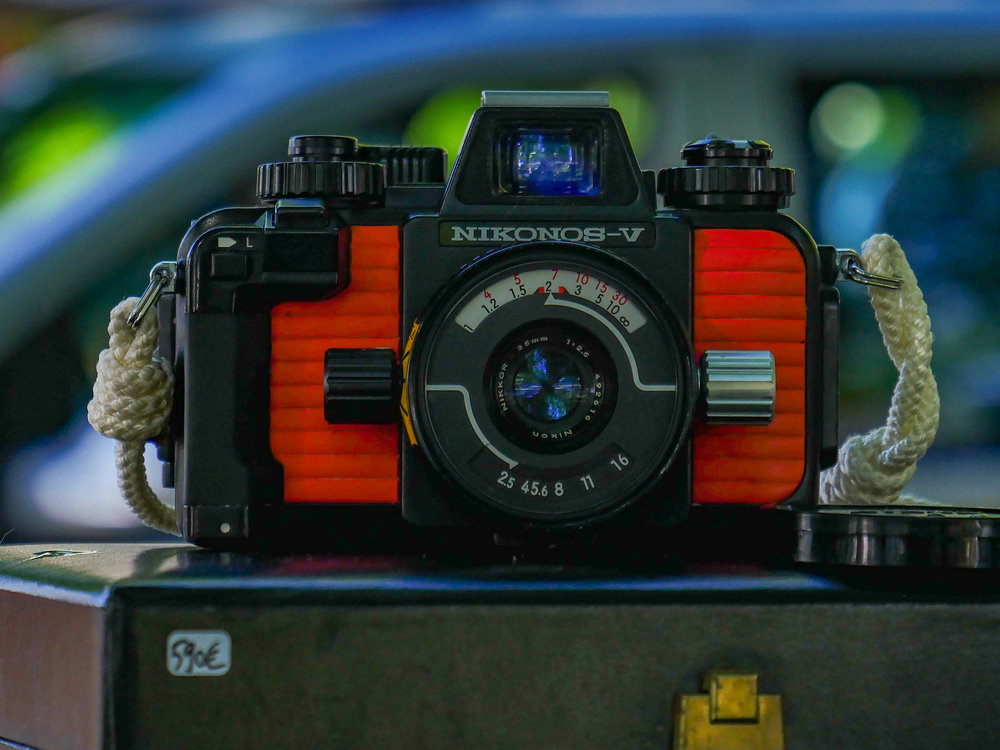
Hi Mike, I’ve been thinking of getting a G80 and the dinky 12-32 with the variable aperture as a small kit. Do you have anyway experience of that lens? It is meant to have good sharpness. I used to have a gx80 and 20/1.7 but never enjoyed handling of that and also the smallish viewfinder. I have a Sony a7riii but that doesn’t have the micro 4/3 fun element of small lenses, flip screen, excellent ergonomics etc. Thanks..
HI Manesh,
I have this lens, acquired as part of a deal with the little GM1. I haven’t used it extensively but it is definitely a good performer, sharp in the centre without much fall-off at the edges. Its big advantage is the compact size, all the more remarkable when you realise this gives a 24-64mm equivalent range. Most "kit" lenses start at 28mm and this wider angle is a real boon, seen mainly on more expensive lenses. The finish is a bit plasticky but the lens mount is metal, unlike cheap kit lenses for major DSLRs. There is no manual focus ring but, again, this is common on very compact lenses. I’d say it’s a good starter lens and as part of a kit it makes a lot of sense. – Mike
I entirely agree Mike! I have two GX8s from a trip to Alaska a couple of years ago and one has the 12-60mm permanently attached to it. The other one is used for the primes, but lately – like you – the Panasonic zoom is too easy to grab instead and I’m using the Leica Q as my main prime-lens/landscape camera. I may just sell off the M4/3s primes (I also have the 8-18mm for really wide shots). I recently used the Panasonic 12mm again and frankly the 24mm on the 12-60mm is at very close to it if not equal.
I also agree on the Leica APS 24mm ask. If a zoom lens has it, I’ll tend to use it a lot. Perhaps with the popularity of the CL they may release one. I have a CL on order, but I’m not convinced I really need it yet. I’m sure it’s very good, but the GX8/12-60mm is also very good and very flexible, and the G9 (also on order to replace one of my GX8s, might make it an even better lens). The Q is simply really hard to beat! For a while (and maybe still a little bit) I was tempted by the Leica SL/24-90mm as a more flexible landscape camera, but I’m leery of its size/weight while out hiking, sometimes for miles and miles and miles (for a long time the Ricoh GR was my hiking landscape camera).
The GX8/12-60mm could also be an excellent hiking landscape lens, but it’s also when I’m most focused on image quality and the Q is simply better. Those are the images I want to count, particularly when I’m out shooting trees and thickets, where the detail is hard to capture and I like flexible RAW files.
BTW Olympus had the 4/3 12-60mm lens some years back and it too was a great lens (their 14-35mm was an even more amazing lens). I’m surprised they have not brought it back for M4/3.
Thanks, Andrew. I’m not familiar with the Olympus 12-60 or the 14.35 but I do believe 12-60 is now the ideal range for general use. Ultimately full-frame will capture more detail and that’s why we have our Qs, M10s or SLs. Increasingly, though, I am reluctant to carry around too much gear and either MFT or the Leica CL fits the bill.
When first announced i thought the (not overly fast for mft) apertures on the 12-60 and 12-100 were a good reason not to get these lenses.
But then , on a wet and windy trip to Tasmania, i had to use the even slower 12-60 Panasonic kit lens as it was the only waterproof lens i took along. I was very pleasantly surprised at its versatility and decent image quality. To the point where i now think every Panasonic owner should have one of the 12-60’s. I may even upgrade to the PL version. I’d still prefer faster, but they are excellent general purpose , do-most-things kits.
Mike – This could certainly be the temptation bait to buy into Panasonic MFT ! Yours and Robin Wong’s reviews complement each ther very well.
Thanks.
Oh dear….. When I hear that you are actually tempted to spend money on my recommendation I start to get worried! But, if you are convinced MFT is for you, the 12-60 is a wonderful little lens. It should perform well on the up-coming G9 which, as you probably know, is more the camera for stills photographers while the GH5 is aimed squarely at videographers. Good luck!